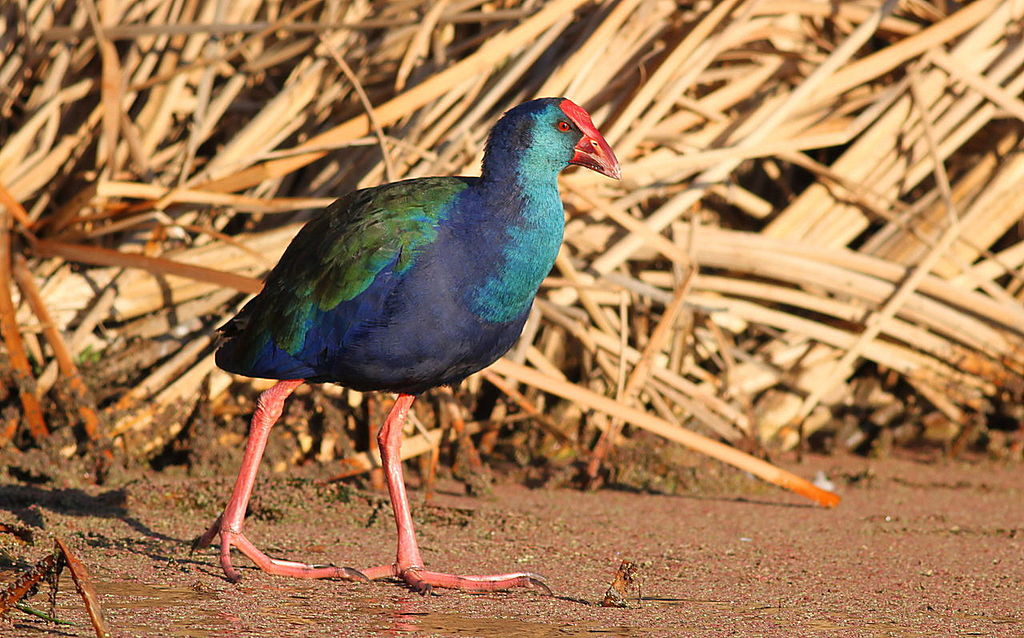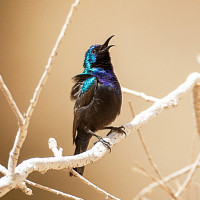Descrizione
The Ashalim reservoir, located at the edge of the Dead Sea industrial zone, is a wet habitat, situated within a typical arid habitat. The reservoir was created in the 1990s, east of Route 90. In the area where the Amatsyahu, Tzin, and Arava rivers flow into the Dead Sea. It is abundant with rich biological diversity. The southern part of the reservoir, Sodom Saltmarsh Lake (known as “Swan Lake”, even though no swans are there), is permanently flooded. Due to the permanent presence of water dense vegetation grows on the banks. The site attracts water birds and birds of prey, some nesting and some migratory, including Moretta tabaccata, Marzaiola, Cannareccione stentoreo, Cavaliere d'Italia, Pavoncella armata, Tarabusino, Nettarinia della Palestina, Pollo sultano africano and Falco di palude. But many more, see the birdlist below.
Dettagli
Accesso
At the junction of the Sodom Square complex on Highway 90, turn east to Highway 2499. After driving 200 meters north, you’ll see the sign for the Sodom Salt Marshes Observation Point. Turn carefully and drive on the sandstone road. Follow the signs to the parking lot. You can easily climb up to the observation point.




